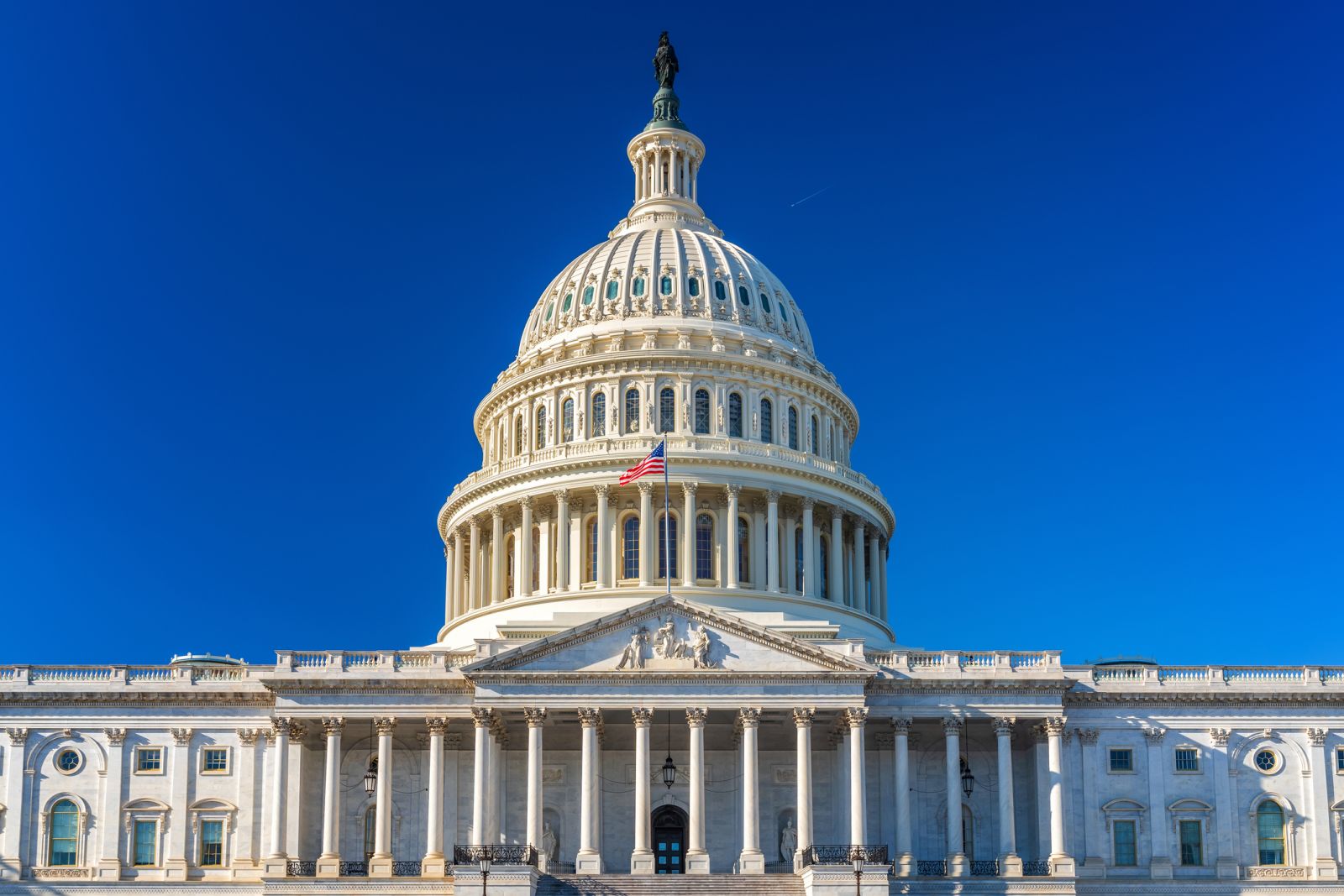
The Social Security Board of Trustees recently released their 2023 report on March 31 about the health of Social Security reserves (known officially as Old-Age and Survivors Insurance or OASI) and Disability Reserves (or DI). The trustees concluded that the Social Security OASI trust fund assets will be depleted by 2033. The tragic news is that this is one year sooner than even projected last year.
Moreover, 10 years from now in 2033, due to the depletion, Social Security will only be able to pay just 77% of its projected benefits as it stands now.
This is because the number of people paying in will only cover 77% of the scheduled benefits of the OASI benefits promised to retirees by then.
The obvious conclusion from this trend is this - the OASI funds could be depleted one year sooner again. If that is the case, OASI funds could hit zero in less than 10 years from now. For example, in the 2020 Trustees report, the OASI assets were projected to be depleted in 2034.
Moreover, the payout of benefits might even be lower than 77% if this “push forward” trend every two years or so keeps moving the marker closer to the present.
Keep in mind this is not an actuarial projection, but just a simple observation of the trend line. But if this is the case, Social Security is indeed in a cash crunch crisis.
Combined OASI+DI Funds
The situation is only slightly better when the Disability Insurance (DI) portion is added in. This is because DI reserve funds, smaller than the OASI assets, won't be depleted during the next 75 years.
As a result, when combined, both OASI and DI reserves face depletion by 2034, not 2033. These combined funds will also be able to pay out only 80% of scheduled benefits.
But this is only cold comfort to existing and projected retirees who presently depend on Social Security for the majority of their retirement income.
What Social Security Trustees Recommend
The actual 276-page PDF report from the actuarial gurus at the Social Security Administration is very complicated with many graphs and charts. The Trustees have put together an overview of the report in the first 6 pages.
It says that the OASI program is already underwater, in terms of cash flow (not reserves). OASIDI paid out benefit payments to 66 million people in 2022. Most of this came from 181 million people who had earnings covered by Social Security and paid payroll taxes on those earnings.
Total income was $1,222 billion but the outflow was -$1,244 billion, leaving a shortfall of $22 billion which had to be funded by the Social Security OASI reserves. Those reserves held in special issue U.S. Treasury securities declined from $2,852 billion at the beginning of the year to $2,830 billion at the end of 2022.
The problem is that the Social Security actuaries project that over the next 10 years, these reserves will be drawn down very heavily as more and more baby boomers start retirement. They immediately get checks which have to be funded by both the incoming cash flow, as well as OASI reserves due to cash flow shortfalls.
Moreover, the combined OASIDI income as part of the existing cash flow includes $66 billion in interest income. But this income won’t be there by 2034. This is for the combined Social Security program along with the Disability Insurance (DI) program. The Social Security program is actually worse off than the DI program.
In other words, depending on how many people retire in the next 10 years, the depletion could be even more severe than expected. That will especially be the case if there is a major recession or a war, pushing people into retirement.
What the Trustees Recommend
The Trustees recommend Congress get cracking on a fix. But nothing about this will be palatable to many interest groups. For example, here is what they recommend to fix the shortfall problem:
(1) increase Social Security payroll taxes by 4.15 percentage points to 16.55 percent starting in 2034 (up from 12.4% now), or
(2) cut scheduled benefits by 25.2 percent starting in 2034.
(3) Combine some of both of these drastic actions.
The bottom line is that Social Security and/or its beneficiaries may face reality suddenly and with major changes if nothing is done soon.
On the date of publication, Mark R. Hake, CFA did not have (either directly or indirectly) positions in any of the securities mentioned in this article. All information and data in this article is solely for informational purposes. For more information please view the Barchart Disclosure Policy here.






